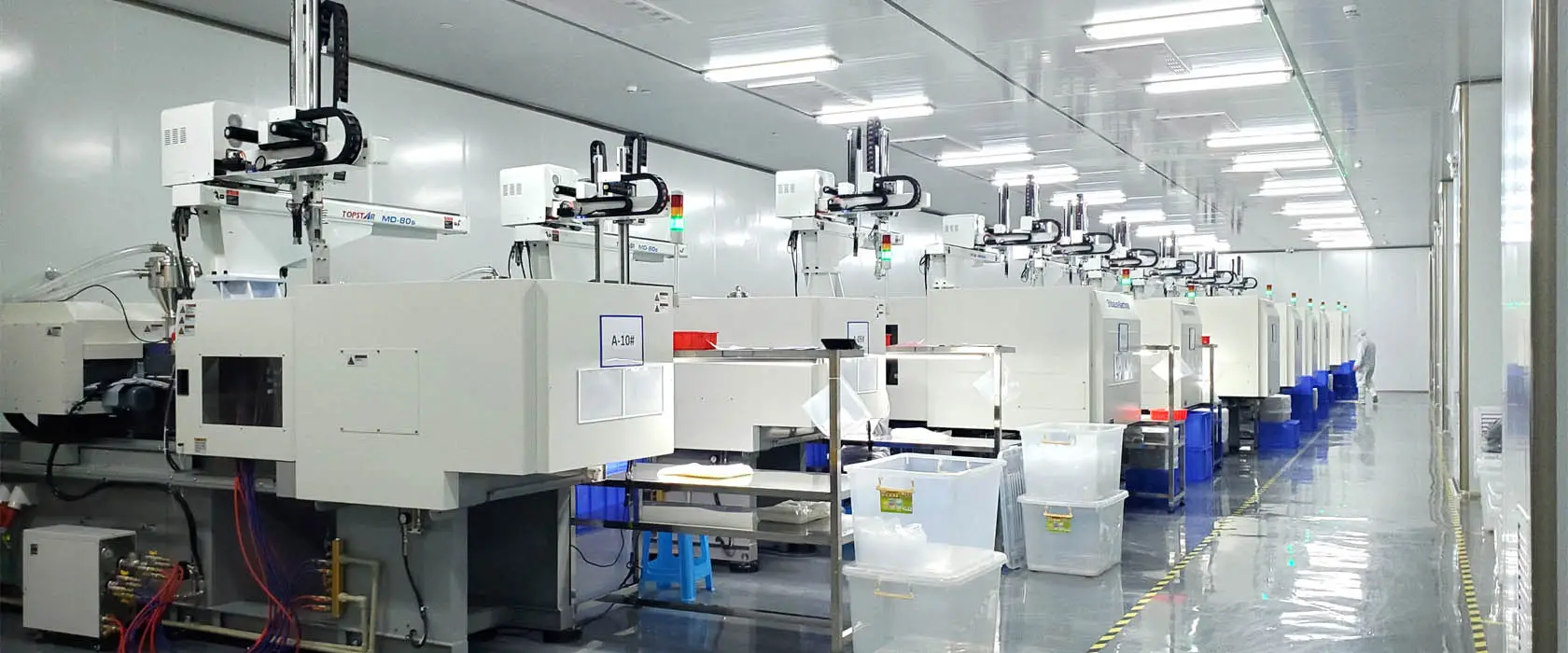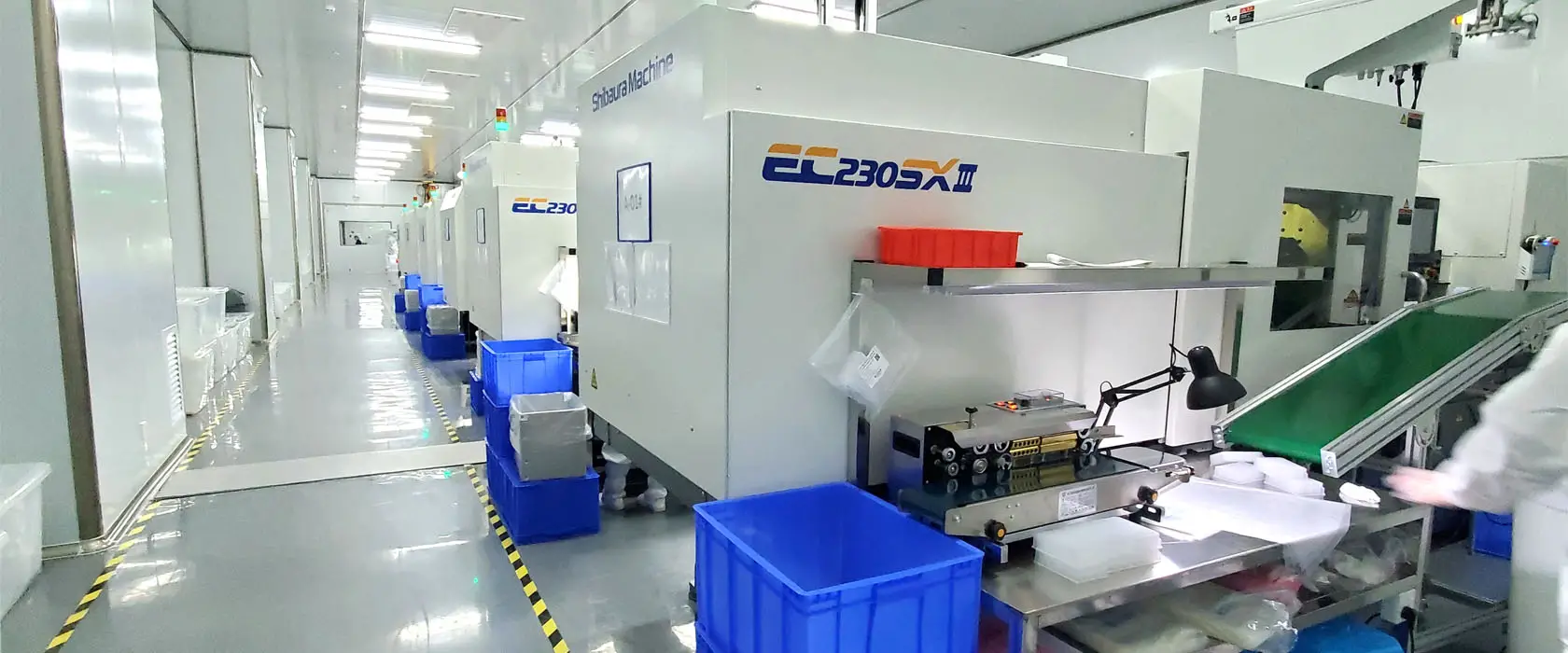The difference between different material lenses and fluorite lens making material
1. Natural material - crystal lenses:
The main component of this material is silica, which is usually divided into two types: colorless and teal. The material is not easily worn and has a small coefficient of thermal expansion. Because it has a unique transparency to ultraviolet light, it is easy to cause visual fatigue when wearing. In addition, because of the uneven density of this material crystal, lenses often contain impurities, easy to produce birefringence when using the phenomenon.
2. glass lenses:
It is the main material used in the production of lenses and is divided into the following five types.
Toric lenses (Toric):
This lens is also known as white toric, white sheet, optical white sheet, whose basic ingredient is sodium titanium silicate, colorless and transparent, with high clarity, able to absorb ultraviolet rays of optical lenses up to 330A. The addition of Ceo2 and Tio2 in the white lens can prevent UV light below 346A, so it is also called UV white lens. Its visible transmittance is 91-92% and refractive index is 1.523.
Crocus sheet:
Commonly known as Kex lenses, they have a light transmission of 87%. This lens has a bi-color effect, light blue in daylight (so also called blue film), light red in incandescent light (due to the presence of the metal element neodymium), and can absorb ultraviolet light up to 340A, part of the infrared and 580A of yellow visible light.
Commonly known as Kesai lenses, Ceo2 and Mno2 are added to the material of white toric lenses to increase the UV absorption capacity. This optical lens lens is light red in both daylight and incandescent light, so it is also called red film. It absorbs UV rays up to 350A and has a transmission rate of 88% or more.
Ultra-thin lenses:
This type of lens has Tio2 and Pbo added to the raw material to increase the refractive index to 1.70. It has a high surface reflectivity and is about 1/3 thinner than ordinary white or red lenses of one diopter, which makes it suitable for high myopia wear and has a beautiful appearance. In addition, due to the low Abbe coefficient and large chromatic aberration, the ultra-thin lenses tend to cause a reduction in peripheral vision and color will appear when the lines are bent.
1.60 glass lenses:
These lenses have a refractive index of 1.60, thinner than ordinary glass lenses (1.523) and less specific gravity than ultra-thin lenses (1.70 for focusing lenses), so they are very light and ideal for moderate wearers, and some manufacturers call them ultra-light ultra-thin lenses.
Fluorite is formed by the crystallization of calcium fluoride (CaF2). Its distinctive features are its extremely low refractive index and dispersion, and its good transmission of infrared and ultraviolet light. But there is one more point of interest: it also has a general optical glass can not achieve a bright, delicate depiction of performance. Because the focus deviation produced by the light passing through the general lens will appear color dispersion, so that the sharpness of the captured image is reduced, we call it chromatic aberration. Fluorite lenses are most suitable for lenses used for photography because the dispersion of light is minimal and there is almost no chromatic aberration. However, there is almost no fluorite in nature that can be used for SLR lenses with large aspheric lenses, so it is a long-standing desire to make artificially generated fluorite lenses.
Materials for fluorite lenses:
Fluorite lenses are made of fluorspar (Fluorite), also known as fluorite, a mineral whose main component is calcium fluoride (CaF2), containing more impurities, Ca is often replaced by rare earth elements such as Y and Ce, and also contains small amounts of Fe2O3, SiO2 and trace amounts of Cl, O3, He, etc. Fluorite in nature is often brightly colored and has a lower hardness than small knives. Fluorite is an excellent optical material, and lenses made of fluorite have excellent optical qualities, especially in terms of anti-dispersion properties, which far exceed all other optical materials.


